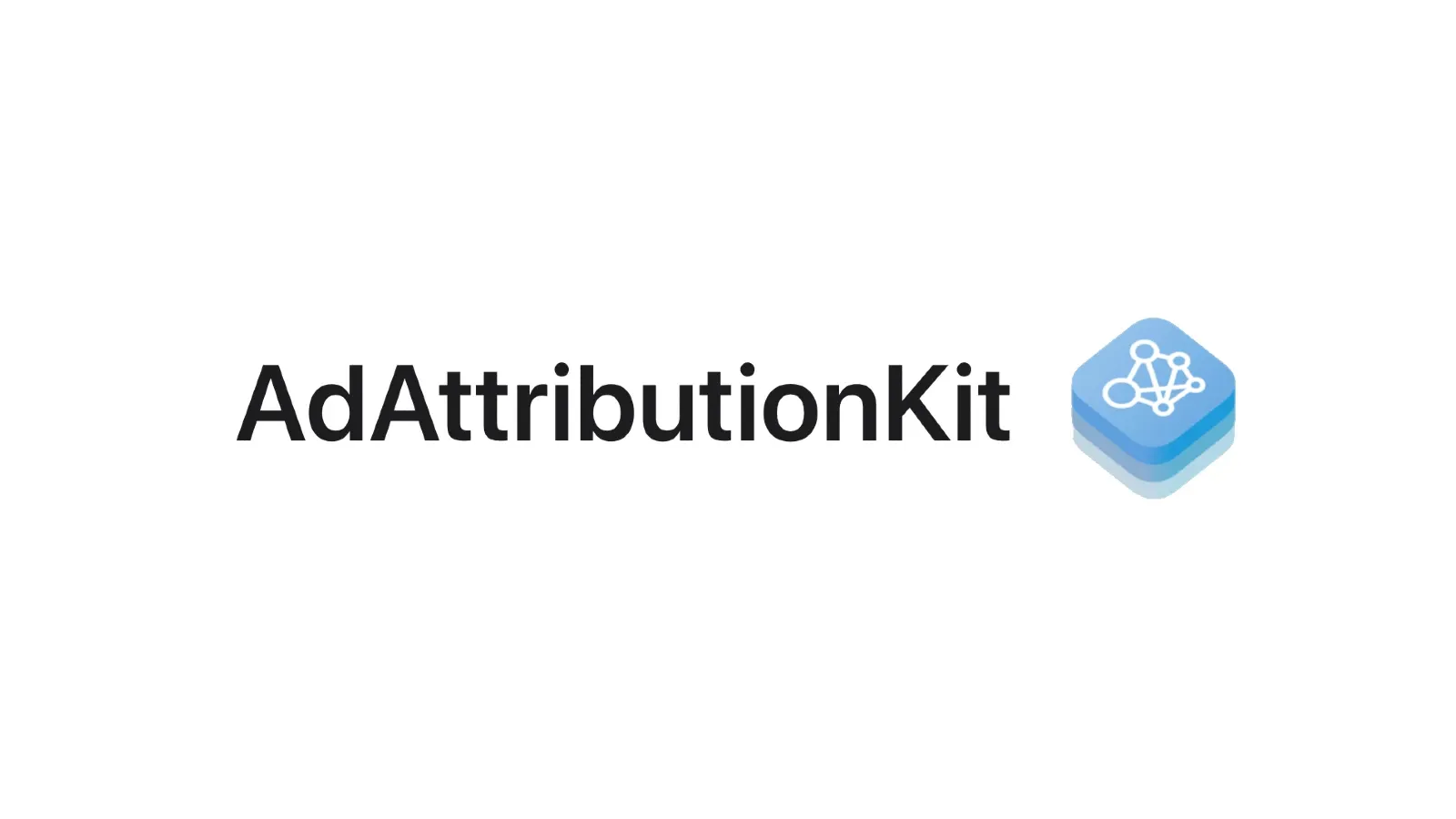Apple introduces AdAttributionKit, a new framework for measuring app install
During the Meet AdAttributionKit session at WWDC24, Apple this week introduced AdAttributionKit, a new framework for measuring app install ad campaigns.

During the Meet AdAttributionKit session at WWDC24, Apple this week introduced AdAttributionKit, a new framework for measuring app install ad campaigns.
Ad AttributionKit
Apple's advertising measurement solutions have been evolving alongside growing user privacy concerns. SKAdNetwork (SKAN), initially introduced in 2018, aimed to provide a privacy-preserving method for app install attribution. AdAttributionKit appears to be the next step in this direction.
Core Functionalities: Similarities to SKAN
AdAttributionKit shares many similarities with SKAN 4, the latest iteration of SKAdNetwork. Both frameworks rely on:
- Postbacks: Communicating conversion data (like app installs) between app developers, advertisers, and ad networks through privacy-preserving messages.
- Conversion windows: Delayed reporting windows to protect user privacy.
- Limited data: Focusing on conversion events without revealing user-specific data.
Key Differences and New Additions
While functionally similar to SKAN 4, AdAttributionKit offers some key distinctions:
- App Store and Alternative App Stores: Initially designed for alternative app stores mandated by the EU's Digital Markets Act, AdAttributionKit now encompasses both the App Store and third-party stores.
- Custom Creative Support: AdAttributionKit facilitates differentiation between various ad creative types, including custom click ads, view-through ads (including video), and banner or full-screen listing styles.
- Improved Testing: A "developer mode" allows for faster testing by removing time randomization and shortening conversion windows.
- Re-engagement: A highly anticipated feature, AdAttributionKit enables re-engagement campaigns targeting users who already have the advertised app installed.
- Deep Linking: Universal links can be used to direct users who have the app installed to specific in-app locations upon clicking a re-engagement ad.
Measuring Ad Performance with AdAttributionKit
Beyond basic install attribution, AdAttributionKit offers features for measuring campaign performance across various channels while upholding user privacy. Here's a deeper dive into these functionalities:
Enhanced Attribution Information: AdAttributionKit provides advertisers with richer data compared to SKAdNetwork. This includes details like conversion type (identifying redownloads) and source identifier (containing ad campaign information). This additional data allows for more granular campaign analysis and optimization.
Multi-Channel Support: AdAttributionKit supports measurements for app-to-app-based campaigns. This enables advertisers to track how users who see an ad in one app convert by installing the advertised app. This broader perspective helps assess the effectiveness of app install campaigns across different channels.
App AdAttributionKit: Technical Details
Let's delve into the technical aspects of app-based AdAttributionKit:
Supported Ad Formats: AdAttributionKit accommodates various ad formats including static images, videos, and interactive ads. This flexibility allows advertisers to experiment with different creative approaches while still measuring their impact.
Attribution Window: AdAttributionKit utilizes a delayed attribution window to protect user privacy. App installs are attributed to the ad the user most recently interacted with (clicked or viewed) within a specific timeframe. This timeframe varies depending on the interaction type (click or view) but ensures user data remains anonymous.
Postbacks: Upon a successful app install or re-engagement, relevant parties receive postbacks within 24-48 hours. These postbacks are signed by Apple to ensure data integrity and include valuable attribution information like the advertised app's ID, conversion type (redownload or new install), and source identifier (details about the ad campaign). Up to three postbacks can be sent within 35 days, offering a more comprehensive view of campaign performance over time. Notably, privacy thresholds are applied, so some data (like source app ID) might be absent to protect user anonymity.
Re-engagement: A Privacy-Conscious Approach
A key addition in AdAttributionKit is the re-engagement feature (available in iOS 18 and iPadOS 18 or later). This functionality allows advertisers to target users who already have the app installed but haven't been active recently. Here's how it works:
Re-engagement Ads: Advertisers can create re-engagement ad campaigns that, when clicked, leverage universal links to direct users to specific in-app locations. This targeted approach allows for re-activating existing users without compromising their privacy.
Re-engagement Attribution: Advertisers receive postbacks specifically for re-engagement conversions, allowing them to measure the effectiveness of these campaigns in bringing back inactive users.
The Future of App Measurement
With AdAttributionKit supporting both the App Store and alternative app stores, it appears to be Apple's preferred solution for privacy-focused app install measurement. While SKAN might still be used, AdAttributionKit offers additional functionalities and is likely to be adopted more widely.
The privacy-centric approach of AdAttributionKit presents both challenges and opportunities for app developers and advertisers. Limited data access necessitates creative approaches to campaign measurement and optimization. However, these limitations can also be seen as an opportunity to focus on user engagement and in-app behavior for a more holistic understanding of campaign effectiveness.

